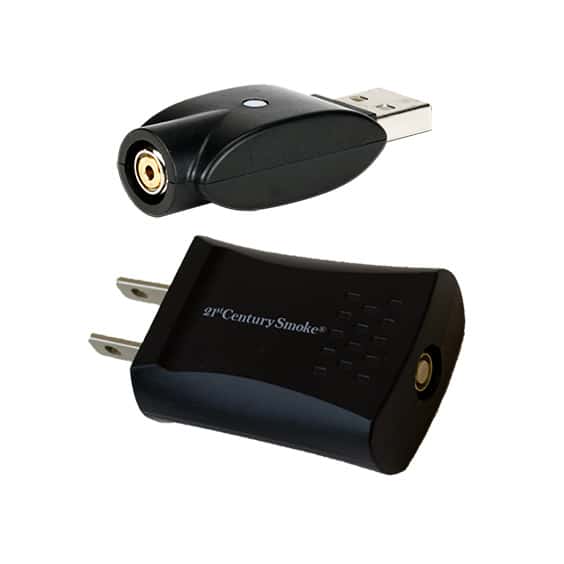Chargers for 21st-century electronic cigarettes have evolved into sophisticated systems, prioritizing safety, efficiency, and user convenience through modern technological integration.
Dominant Charging Interfaces
Key interface technologies define modern e-cigarette charging:

- USB-C: The prevalent standard, offering a reversible connector, higher power delivery, and support for various fast-charging protocols, leading to quicker charging and improved user experience.
- Proprietary Connectors: Common in compact pod systems and some disposables, these magnetic or pin-based connectors offer sleek design and ease of use but limit interoperability.
- Wireless Charging (Qi Standard): An emerging feature in some high-end models, providing cable-free convenience via Qi-compatible pads, though often at slower speeds than wired options.
Integrated Safety and Intelligence
Modern e-cigarette chargers incorporate advanced electronics for safety and optimized performance:
- Comprehensive Protection Circuits: Key safety mechanisms include overcharge, short-circuit, over-discharge, over-current, and reverse polarity protection. Temperature sensing to prevent overheating during charging is also increasingly standard.
- Smart Charging Capabilities:
- Fast Charging: Support for various fast-charging protocols significantly reduces charging duration.
- LED Indicators: Provide clear visual feedback on charging status, full charge, and potential errors.
- Pass-Through Functionality: Allows the e-cigarette to be used while charging.
- Adaptive Charging: Chargers often adjust current output based on battery state and capacity, optimizing speed and longevity.
Specialized External Battery Chargers
For devices with removable Li-ion batteries (e.g., 18650, 21700), dedicated external chargers provide enhanced control and features:
- Multi-Bay Functionality: Charge multiple batteries simultaneously, often with independent channel control.
- Advanced Monitoring & Display: Digital screens show real-time data per battery, such as voltage, current, charged capacity, and charging time.
- Selectable Charging Currents: Option to choose between lower currents for battery longevity or higher currents for speed.
- Battery Chemistry Recognition: Automatic detection and appropriate algorithms, primarily for Li-ion cells used in vaping.
- Battery Health Analysis: Some advanced units offer basic diagnostics or refresh cycles for batteries.
21st-century e-cigarette chargers embody a shift towards safer, smarter, and more versatile power solutions, reflecting broader consumer electronics trends.










